What is the exhaust temperature of a diesel generator?
The diesel generator exhaust temperature is a critical operational parameter that directly impacts performance, efficiency, and longevity. Understanding this metric is essential for ensuring reliable power generation, minimizing maintenance costs, and avoiding catastrophic failures. While exhaust temperatures vary based on design and operating conditions, typical values range from 300°C to 600°C under normal load, with extremes reaching up to 750°C in high-performance turbocharged units. Proper management of diesel generator exhaust temperature is not merely a technical consideration—it is fundamental to protecting your investment and optimizing operational safety. This guide explores key aspects of exhaust temperature, from baseline values to troubleshooting and maintenance best practices.
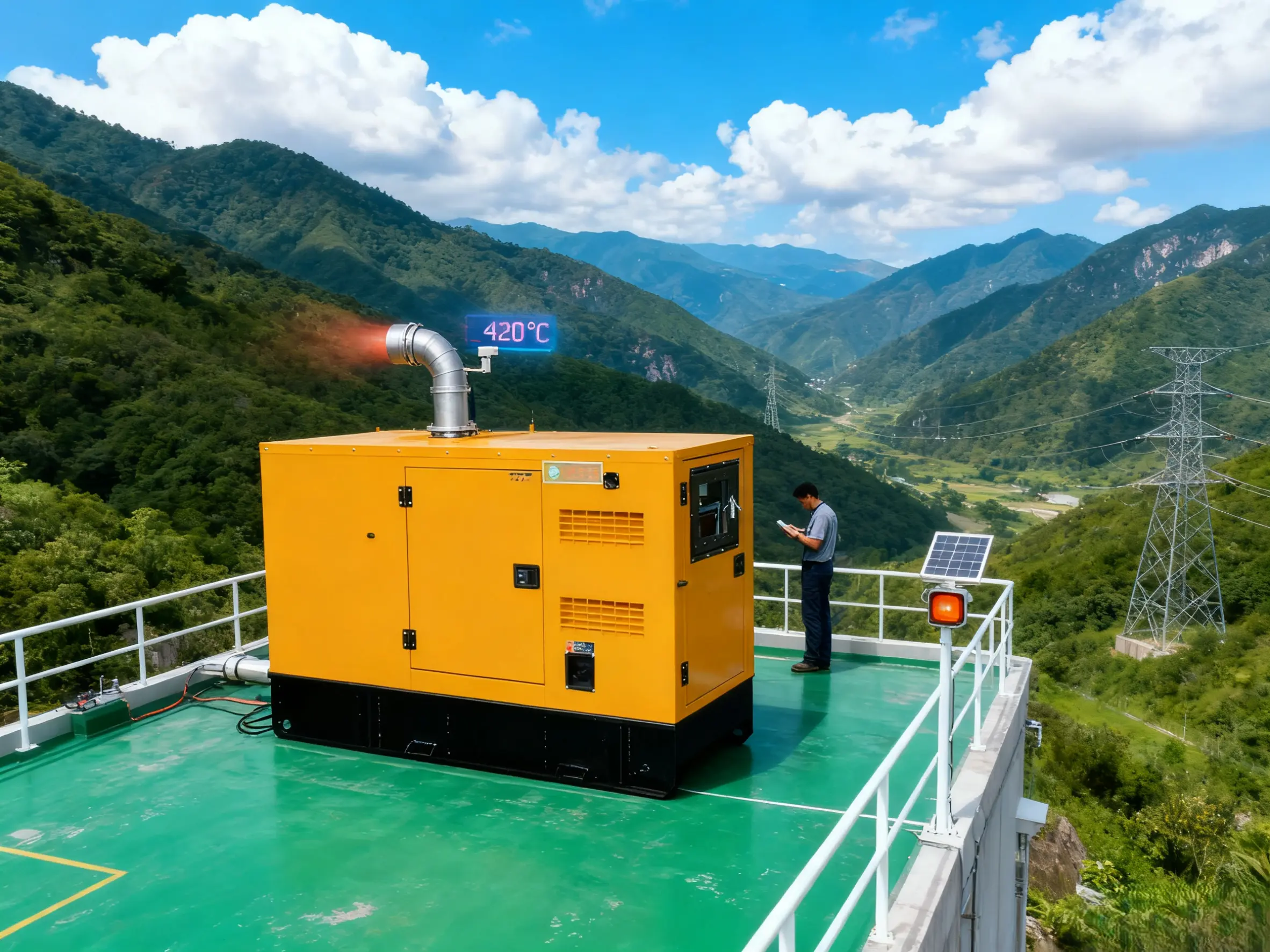
Understanding Exhaust Temperature Ranges
Diesel generator exhaust temperatures depend on factors like engine design, load, and ambient conditions. General ranges include:
Low Load/Idle: 150°C–300°C
Standard Operating Load: 400°C–550°C
High Load/Turbocharged: 600°C–750°C (upper limit for most systems)
Turbocharged generators typically operate at higher temperatures due to increased combustion efficiency and pressure. For example, turbocharged units may reach 700°C–750°C under full load, whereas non-turbocharged models usually peak near 500°C.
Exceeding these thresholds risks damage to components like turbines and manifolds. For instance, one study noted that sustained temperatures above 420°C in marine generators led to power loss and component degradation. Monitoring ensures values stay within manufacturer-recommended limits, which often align with international standards (e.g., ISO 8528 for performance testing).
Factors Influencing Exhaust Temperature
1. Engine Load
Load is the primary driver of temperature fluctuations. Higher electrical loads increase fuel combustion intensity, raising exhaust heat. For instance, a 500kVA generator may operate at 450°C under 75% load but exceed 600°C at 100% capacity.
2. Ambient Conditions
Altitude: Higher elevations reduce air density, limiting combustion efficiency and increasing exhaust temperatures. Power derating of 3%–5% per 500m above 1,000m is often necessary.
Temperature/Humidity: Hot or humid environments can elevate temperatures by 5%–10%, as noted in studies linking 10°C ambient rises to 30% higher particulate emissions (indirectly affecting heat).
3. Fuel and Maintenance Issues
Clogged air filters, faulty injectors, or poor-quality fuel cause incomplete combustion, spiking temperatures.
Worn turbocharger components (e.g., eroded turbine blades) reduce airflow, leading to excessive heat.
4. Exhaust System Design
Components like mufflers, catalytic converters, and pipe length impact heat dissipation. Longer, insulated exhaust systems may retain more heat, while restricted flow increases backpressure and temperature.
Monitoring and Measurement Techniques
1. Sensor-Based Systems
Thermocouples: Commonly installed near manifolds or turbines, providing real-time data. K-type thermocouples (range: -200°C to 1,260°C) are widely used for accuracy.
Infrared Thermography: Non-contact method to detect surface temperature irregularities, useful for identifying uneven cylinder temperatures or blockages.
2. Control Systems
Modern generators integrate sensors with controllers to trigger alarms or shutdowns at unsafe thresholds (e.g., >600°C). Data logging helps track trends for predictive maintenance.
Risks of High Exhaust Temperatures
Prolonged operation above recommended limits causes:
Component Damage: Warping of valves, turbines, and manifolds. Turbocharger failures occur near 750°C.
Efficiency Loss: In one case, marine generators saw 35% power reduction due to turbocharger inefficiencies from overheating.
Safety Hazards: Glowing exhaust pipes or fires in extreme cases. Temperatures exceeding 500°C can ignite nearby flammable materials.
Impact of Low Exhaust Temperatures
While less common, abnormally low temperatures (<200°C under load) indicate:
Incomplete Combustion: Often due to clogged injectors, low compression, or excessive idling.
Carbon Build-Up: Unburned fuel residues accumulate, risking "wet stacking" and corrosion.
Reduced Efficiency: Suboptimal combustion lowers generator output and fuel economy.
Troubleshooting Abnormal Temperatures
High-Temperature Causes and Solutions
| Cause | Solution |
|---|---|
| Overloading | Reduce load to 70%-80% of generator capacity. |
| Fuel Injector Issues | Clean or replace clogged injectors; ensure proper spray pattern. |
| Turbocharger Failures | Inspect for blade erosion, bearing wear, or blocked airflow. |
| Incorrect Timing | Adjust injection timing to manufacturer specifications. |
Low-Temperature Causes and Solutions
Thermostat Malfunction: Replace stuck-open thermostats.
Air Intake Restrictions: Clean filters and ducts to ensure proper airflow.
Sensor Errors: Calbrate or replace faulty thermocouples.
Maintenance Tips for Optimal Temperature
Regular Inspections
Check exhaust manifolds, gaskets, and turbochargers for cracks or leaks.
Use thermal imaging annually to detect hotspots.
Preventive Measures
Clean air filters and fuel injectors every 500 hours.
Validate cooling systems (e.g., radiator fins, coolant levels) to avoid overheating.
Load Management
Avoid prolonged operation below 30% or above 90% capacity.
Use automatic transfer switches to prevent sudden load spikes.
Fuel Quality
Use low-sulfur diesel to minimize particulate buildup and corrosion.
Conclusion
The diesel generator exhaust temperature is a vital indicator of system health, influencing efficiency, safety, and durability. By monitoring values, addressing abnormalities promptly, and adhering to maintenance schedules, operators can extend equipment life and reduce downtime. Remember: consistent temperatures outside the 300°C–600°C range warrant immediate investigation.
Our engineering team specializes in optimizing generator performance for diverse applications. For personalized solutions or technical support, contact us at skala@whjlmech.com.
References
Johnson, M. (2022). Emergency Power Systems: A Comprehensive Guide to High-Speed Diesel Generators. Power Engineering Quarterly, 45(3), 78-92.
ISO 8528-1:2018. Reciprocating internal combustion engine driven alternating current generating sets – Part 1: Application, ratings, and performance.
Yang, K., et al. (2014). Diagnosis of Exhaust Temperature Non-uniformity of Diesel Engine Based on Infrared Temperature Measurement. Infrared Technology.
Double Horse Machinery. (2017). Causes of High Exhaust Temperature in Turbocharged Diesel Generators.
Chongqing Power (Shenzhen) Co., Ltd. (2025). Technical Conditions and Performance of Diesel Generator Sets.
Design of Engine Exhaust Parameter Acquisition System Based on Microcontroller. (2010). Electronic Engineering Portfolio.
Fang, D. (2020). 200 Practical Questions on Small Power Generation Technology.
PacAuto Encyclopedia. (2025). How Hot Do Diesel Exhaust Pipes Get?
Yang, K., et al. (2014). Abstract: Diagnosis of Exhaust Temperature Non-uniformity of Diesel Engine Based on Infrared Measurement. Chinese Journal of Optics.
Ship Machine Help. (2022). Fault Judgment and Treatment of High Exhaust Temperature in Marine Generating Diesel Engines.
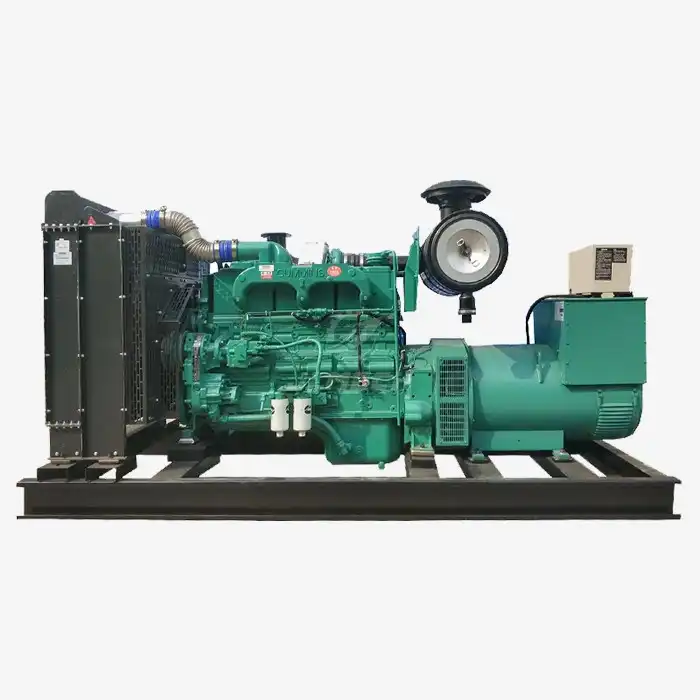 VIEW MOREOff grid generator set
VIEW MOREOff grid generator set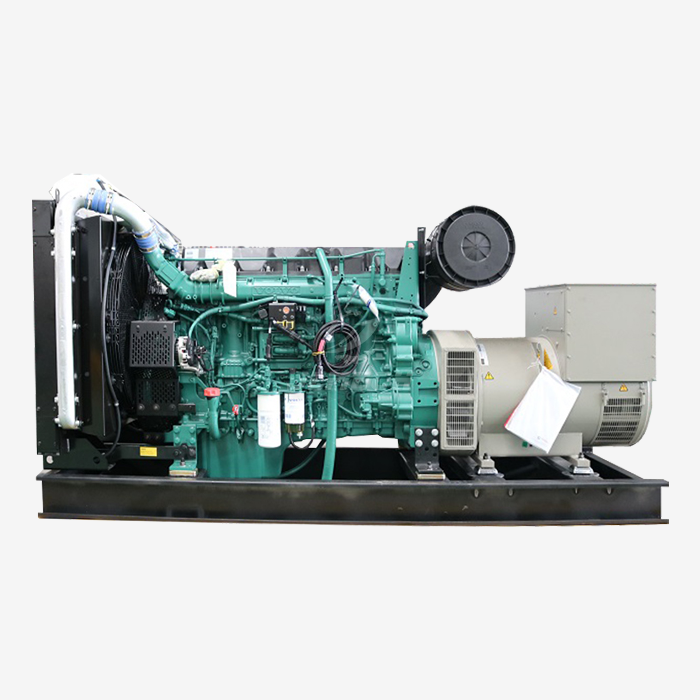 VIEW MOREAC 1 Phase Diesel Generator
VIEW MOREAC 1 Phase Diesel Generator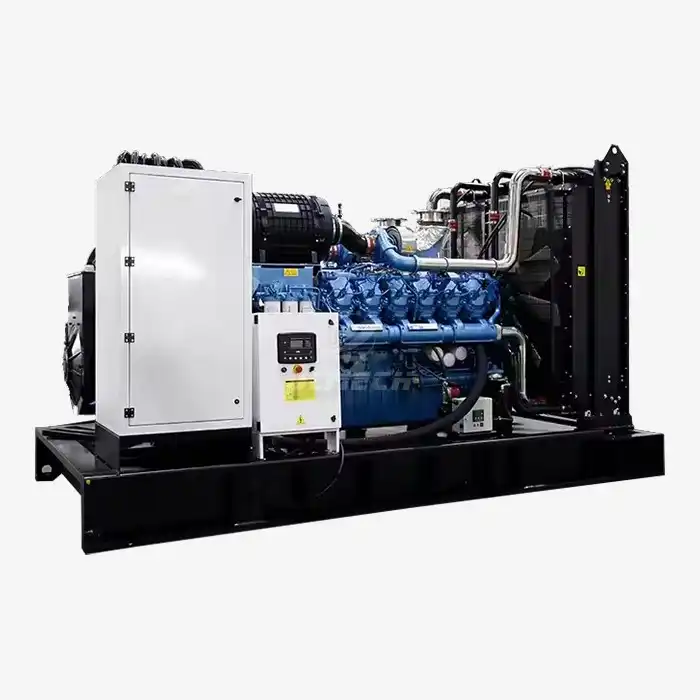 VIEW MOREAutomatic Start Diesel Generator
VIEW MOREAutomatic Start Diesel Generator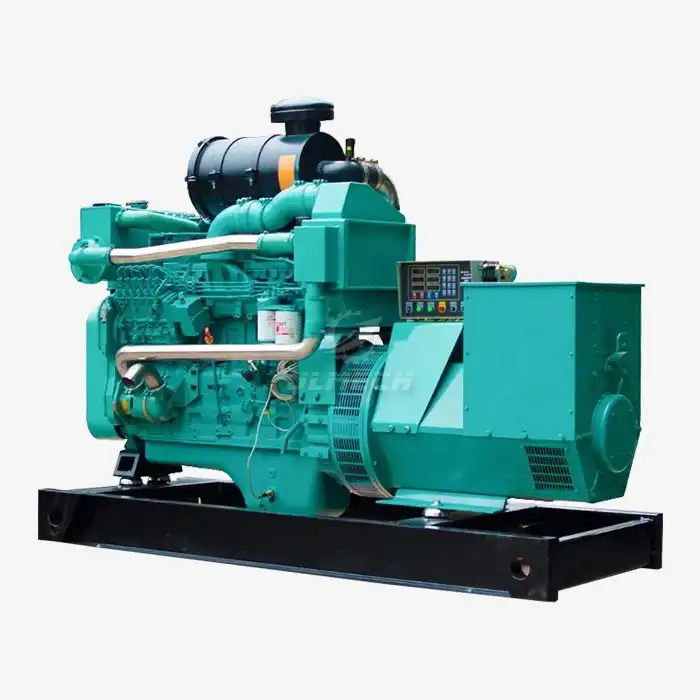 VIEW MOREMarine Portable water-cooled generator
VIEW MOREMarine Portable water-cooled generator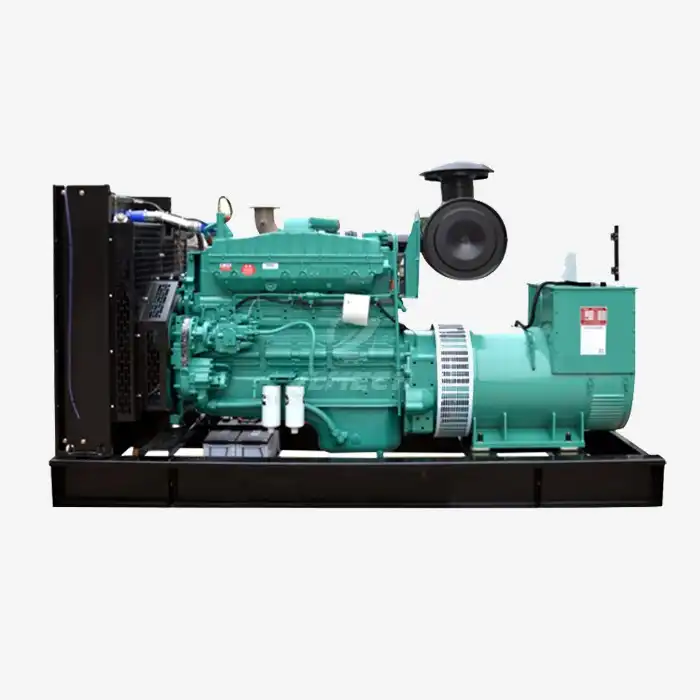 VIEW MOREElectric water-cooled generator
VIEW MOREElectric water-cooled generator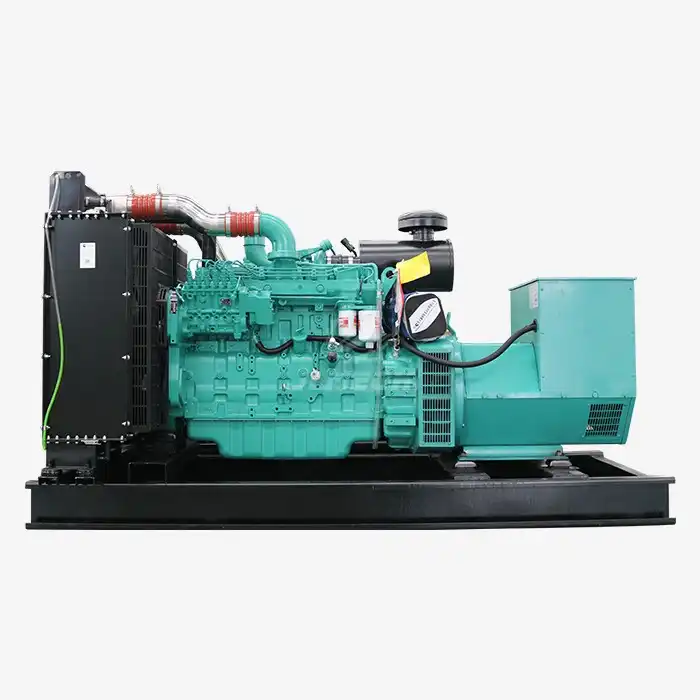 VIEW MORESilent water-cooled generator
VIEW MORESilent water-cooled generator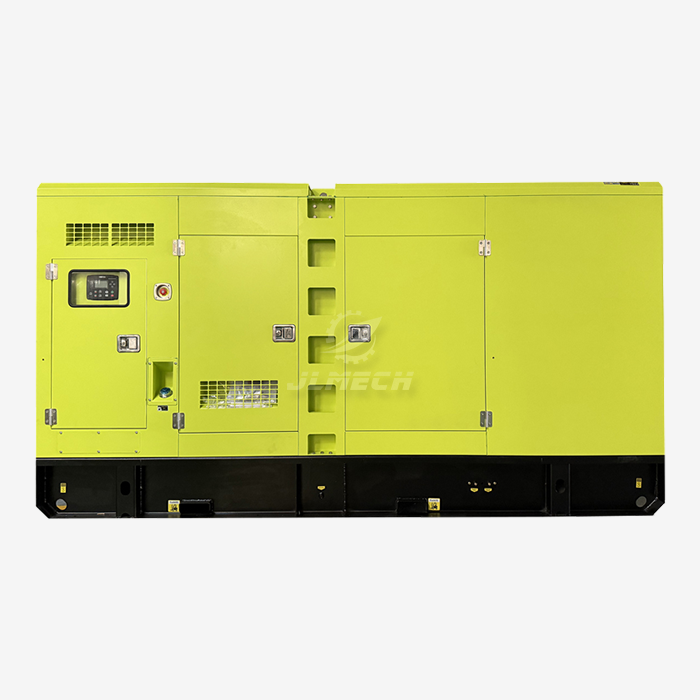 VIEW MORE300kva perkins diesel generator
VIEW MORE300kva perkins diesel generator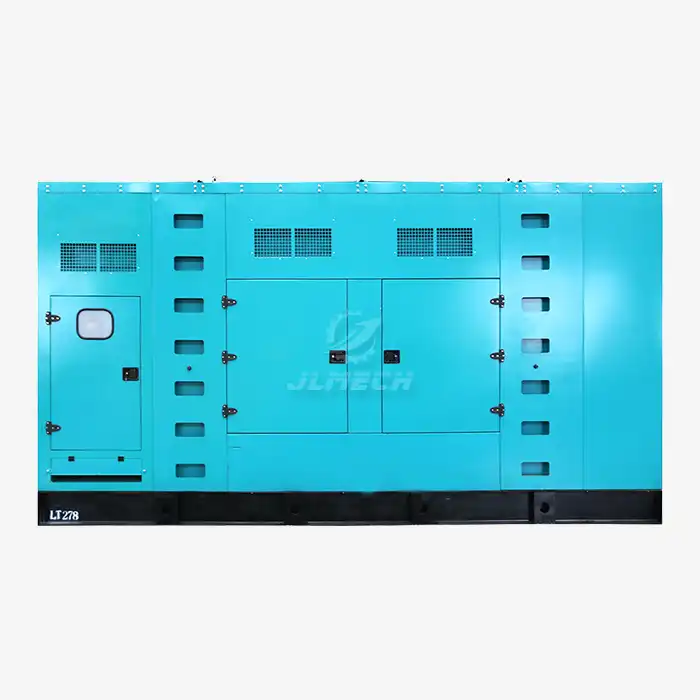 VIEW MOREdiesel generator 330kva
VIEW MOREdiesel generator 330kva



